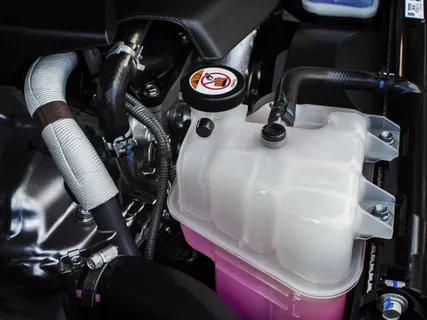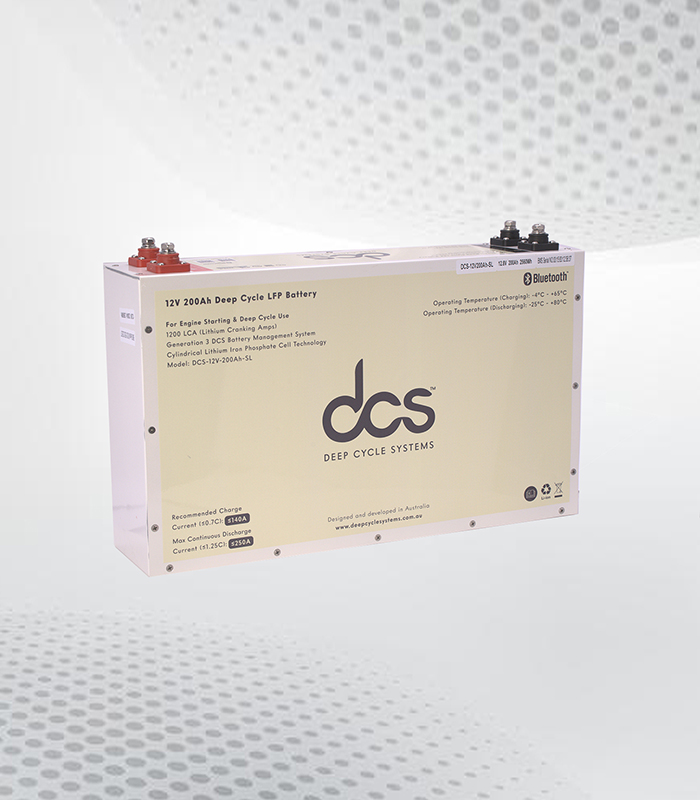Owning a Nissan Dualis is an exciting experience, but like any vehicle, it requires regular maintenance to keep running smoothly. One often-overlooked component is the Nissan Dualis Overflow Bottle. This crucial part of your car’s cooling system significantly ensures your engine remains at an optimal temperature. In this blog post, we will explore tips and techniques to maintain your Nissan Overflow Bottle, helping you avoid potential issues and keep your vehicle performing at its best. Regularly inspecting the overflow bottle for any cracks or leaks is crucial, as even minor damage can lead to significant cooling system problems.
Understanding the Overflow Bottle’s Role
The overflow bottle, also known as the coolant reservoir, plays a crucial role in a vehicle’s cooling system. This component is designed to hold excess coolant that expands from the engine when it heats up. As the engine operates, the coolant circulates through the engine and radiator, absorbing heat and maintaining optimal operating temperatures. However, when the coolant reaches high temperatures, it expands and pushes some fluid into the overflow bottle. This process prevents excessive pressure buildup in the cooling system, reducing the risk of leaks or failures.
The coolant contracts when the engine cools down, creating a vacuum that draws the fluid back from the overflow bottle into the cooling system. This cycle helps maintain the proper coolant level in the radiator, ensuring that the engine remains adequately cooled under various driving conditions. A well-functioning overflow bottle is essential for the engine’s overall health, as inadequate coolant levels can lead to overheating, which can cause severe damage to engine components.
Regular inspection of the overflow bottle is vital for vehicle maintenance. Drivers should check for cracks, leaks, or signs of wear, as these issues can compromise the bottle’s effectiveness. Additionally, it’s essential to ensure that the coolant inside the reservoir is at the proper level and that the fluid is clean and free of contaminants. If the coolant appears discoloured or has debris floating, it may be time for a flush and replacement.
In summary, the overflow bottle is an integral part of a vehicle’s cooling system, contributing to the engine’s longevity and performance. By understanding its role and maintaining it properly, drivers can help prevent overheating and ensure their vehicles run smoothly for years.
Signs of a Faulty Overflow Bottle
The overflow bottle, also known as the coolant reservoir, plays a critical role in a vehicle’s cooling system by storing excess coolant. Recognising signs of a faulty overflow bottle is essential for maintaining engine health and preventing overheating. One of the most obvious signs is coolant leakage. If you notice puddles of coolant underneath your vehicle or find that the coolant level in the overflow bottle drops unexpectedly, it could indicate a crack or break in the reservoir. Inspecting the bottle for visible damage, such as cracks or warping, is a good practice to identify potential issues.
Another sign to watch for is a fluctuating coolant level. If the coolant appears to be consistently low, even after refilling, this could indicate that the overflow bottle is not holding coolant properly due to internal damage. Additionally, when the engine is running, if you hear hissing sounds from the overflow bottle, it may suggest that pressure is building up inside the reservoir. This could be due to a malfunctioning cap or an issue with the cooling system, which may need further investigation.
Discolouration of the coolant is also a key indicator of a problem. If the coolant appears rusty, muddy, or contaminated, it could suggest that the overflow bottle is corrupted or that there are issues with other cooling system components. Regularly checking the colour and condition of your coolant can help you catch problems early.
Finally, if your vehicle is overheating or the temperature gauge is frequently in the red zone, this may indicate that the overflow bottle is not functioning properly. In such cases, addressing the issue promptly is crucial to avoid severe engine damage. Regular maintenance and checks can help ensure your overflow bottle is in good condition, ultimately contributing to the longevity of your vehicle’s engine.
How to Inspect Your Overflow Bottle?
Inspecting your vehicle’s overflow bottle is essential for maintaining an efficient cooling system and preventing overheating. Here’s a step-by-step guide to help you perform a thorough inspection.
1. Locate the Overflow Bottle
The overflow bottle, often made of translucent plastic, is typically near the radiator. It is usually marked with “coolant” or “overflow” labels for easy identification.
2. Check the Fluid Level
Start by checking the coolant level in the overflow bottle. Most bottles have minimum and maximum indicators marked on the side. Ensure the fluid is between these levels. You may need to add coolant if it’s below the minimum mark.
3. Inspect for Leaks
Look for any signs of coolant leaks around the overflow bottle and the connected hoses. Puddles of coolant or wet spots can indicate a leak requiring immediate attention.
4. Examine the Condition of the Fluid
Inspect the coolant’s colour and consistency. It should be bright, clear, and free of debris. It may need to be flushed and replaced if it appears rusty or has floating particles.
5. Check the Cap
Ensure that the overflow bottle cap is secure and not damaged. A faulty cap can lead to pressure loss, reducing the cooling system’s efficiency.
Regularly inspecting your overflow bottle can help prevent overheating and maintain your vehicle’s overall health.
Maintenance Tips for the Nissan Dualis Coolant Reservoir
Maintaining the coolant reservoir in your Nissan Dualis is essential for optimal engine performance and preventing overheating. Here are some tips to ensure your coolant system remains in good condition.
Regular Inspections
Check the coolant reservoir regularly for cracks, leaks, or damage. Inspect the hoses connected to the reservoir for signs of wear or deterioration. A damaged reservoir can lose coolant, causing the engine to overheat.
Maintain Coolant Levels
Always monitor the coolant level in the reservoir. It should be between the “MIN” and “MAX” markings. If it’s low, top it up with the recommended coolant type. Using the correct coolant helps prevent corrosion and scale buildup, prolonging the life of the cooling system.
Flush the Cooling System
Flush the cooling system every 30,000 miles or as recommended in your owner’s manual. This process removes old coolant and contaminants, ensuring the system operates efficiently. After flushing, refill the reservoir with fresh coolant to maintain proper levels.
Monitor Temperature Gauge
Pay attention to the temperature gauge on your dashboard. It may indicate a problem with the coolant system if it consistently shows high temperatures. Addressing issues promptly can prevent severe engine damage.
Use Genuine Parts
Opt for genuine Nissan parts when replacing the Nissan Dualis Coolant Reservoir or any related components. This ensures compatibility and reliability, safeguarding your engine’s cooling system.
How to Replace Your Overflow Bottle?
Replacing the overflow bottle in your vehicle is a straightforward process that can help ensure your cooling system operates effectively. The overflow bottle, also known as the coolant reservoir, collects excess coolant that expands when the engine heats up. If you notice leaks or cracks in the bottle, replacing it promptly can prevent engine overheating and maintain optimal performance.
Tools and Materials Needed Before starting the replacement, gather the necessary tools: a socket set, pliers, and a funnel. Additionally, you will need a new overflow bottle that is compatible with your vehicle’s make and model. You can find this at an auto parts store or online.
Step-by-Step Replacement
Safety First:
Begin by parking your vehicle on a level surface, allowing the engine to cool completely. Never remove the overflow bottle when the engine is hot; hot coolant can cause burns.
Locate the Overflow Bottle:
Open the hood and locate the overflow bottle near the radiator. It is usually a transparent plastic container with marked levels for full and low coolant.
Remove Old Overflow Bottle:
Disconnect any hoses attached to the overflow bottle using pliers to pinch the clamps and slide them away. Carefully lift the bottle out, ensuring any remaining coolant drains into a container to avoid spills.
Install New Bottle:
Position the new overflow bottle and reconnect the hoses, securing the clamps tightly. Make sure to check for any leaks before moving on.
Refill Coolant:
Refill the cooling system using a funnel with the appropriate coolant mixture, ensuring it reaches the correct level in the new reservoir.
Test:
Start the engine and let it run until it reaches operating temperature. Check for leaks around the new overflow bottle and ensure the coolant level stabilises.
Choosing the Right Replacement Overflow Bottle
When maintaining your vehicle, selecting the correct replacement overflow bottle is essential for optimal performance and reliability. The overflow bottle, also known as the coolant reservoir, plays a crucial role in your car’s cooling system. It stores excess coolant that expands from the engine during operation and allows for coolant recovery when it cools down. A faulty or incompatible overflow bottle can lead to coolant leaks, overheating, and significant engine damage.
First, consider the specific requirements of your vehicle. Overflow bottles vary significantly in size, shape, and mounting style depending on the make and model. Always refer to your vehicle’s owner manual or consult with a knowledgeable parts supplier to ensure you select a bottle that fits perfectly. An improperly fitted overflow bottle can cause leaks or malfunction, leading to further complications.
Material is another critical factor. Overflow bottles are commonly made from plastic or glass. While plastic is lightweight and less prone to shattering, it can degrade over time due to exposure to heat and chemicals. Glass bottles, on the other hand, are more resistant to heat but may be heavier and more prone to breaking. Ensure that the material chosen is durable and compatible with the coolant used in your vehicle.
Additionally, consider the quality of the replacement bottle. Opt for aftermarket parts from reputable manufacturers or OEM (Original Equipment Manufacturer) that meet the manufacturer’s specifications. While cheaper options may seem appealing, they often lack the quality and reliability necessary for long-term use.
Conclusion
Proper upkeep of your Nissan Dualis Overflow Bottle is essential for optimal performance. Regular checks for visible damage, coolant levels, and contamination can help you catch issues early. Ensuring the bottle and cap are in good condition and using the correct coolant type will support the cooling system’s efficiency. When replacing the overflow bottle, opting for high-quality parts will increase your engine’s longevity. By following these maintenance practices, you can avoid overheating and other potential engine problems, ensuring a smoother and more reliable driving experience.
FAQS
Q: How often should I check my Nissan Dualis Overflow Bottle?
A: It’s advisable to check the Nissan Dualis Overflow Bottle at least once a month. Additionally, inspect it before long trips and during extreme weather conditions.
Q: Can I use any coolant for my Nissan Overflow Bottle?
A: No, it’s important to use the coolant type recommended by Nissan. Using the incorrect type can affect the efficiency of your cooling system and may cause damage.
Q: What should I do if I find cracks or leaks in the overflow bottle?
A: If you discover any cracks or leaks, it’s crucial to replace the overflow bottle immediately. Using a damaged bottle can lead to coolant loss and engine overheating.
Q: Why is my coolant level always low despite no visible leaks?
A: A consistently low coolant level without visible leaks elsewhere might indicate an issue with the overflow bottle or its cap. Inspect both for any signs of damage or malfunction.
| Related Business Listings |
| Contact Directory |
| Local Business Profiles |





